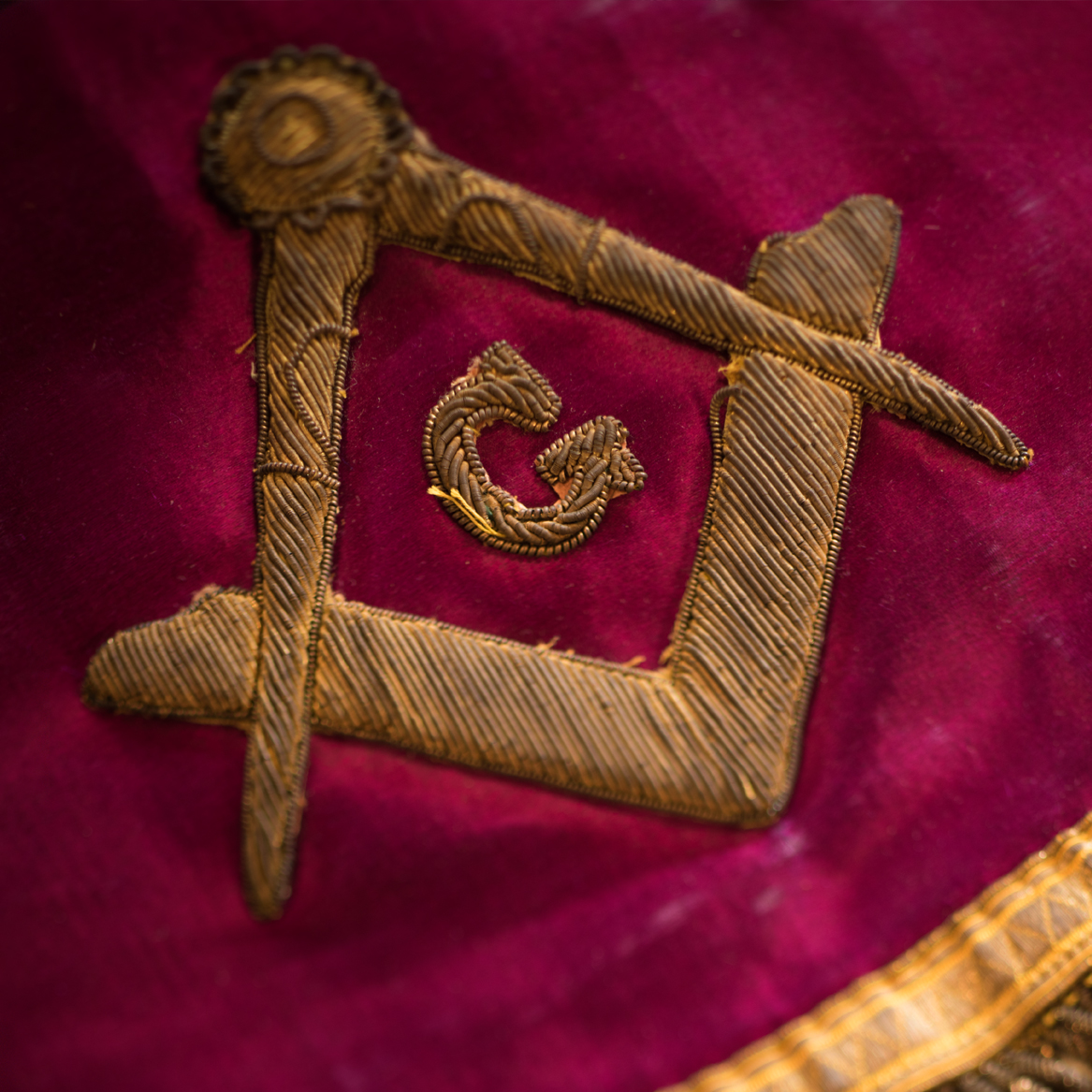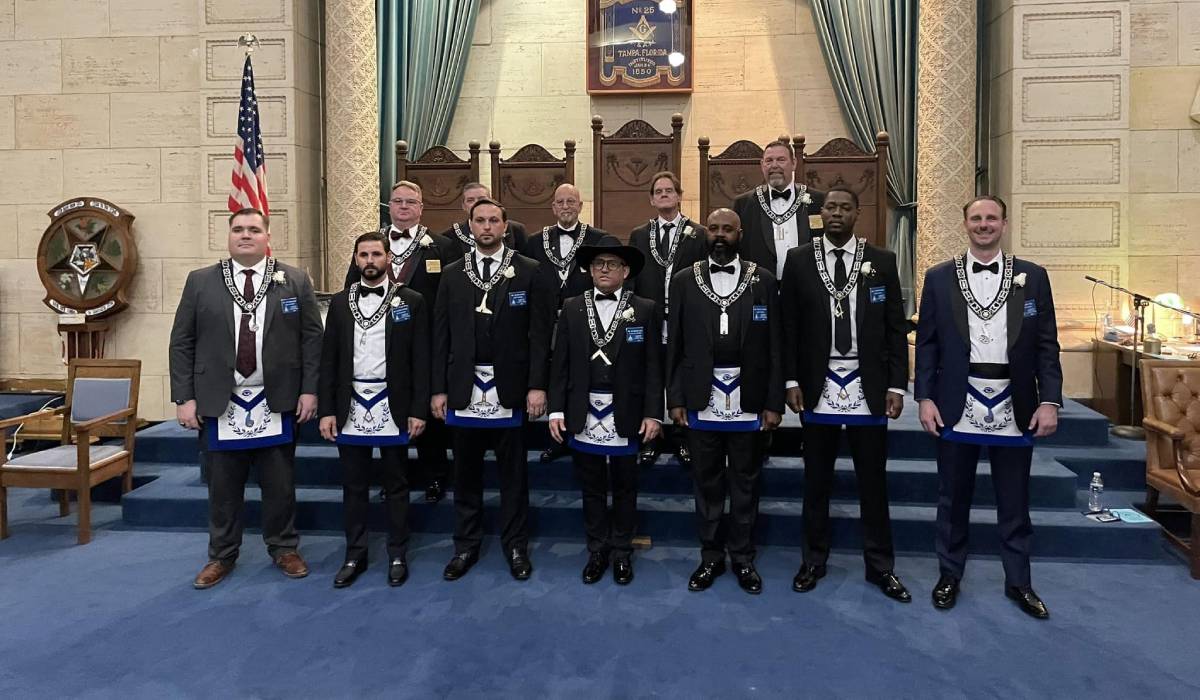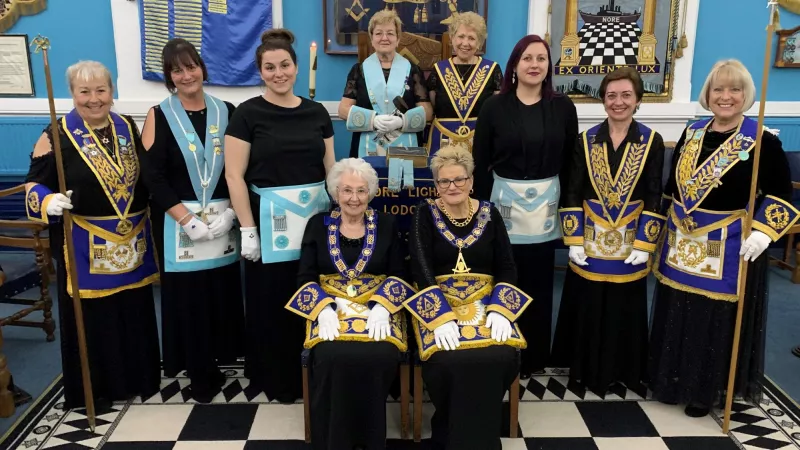Discovering the Mysteries of the copyright: What You Need to Know
The copyright, a term usually shrouded in intrigue and controversy, represents a complicated tapestry of historic reality and modern myth. Established in the late 18th century, this secret culture was originally rooted in the Knowledge's ideals but has because ended up being identified with conspiracy theory concepts about elite control.
Origins of the copyright
The origins of the copyright are steeped in a blend of historical intrigue and ideological eagerness. Established in 1776 in Ingolstadt, Bavaria, by Adam Weishaupt, the group was originally formed as a secret society targeted at promoting Enlightenment ideals such as reason, secularism, and the separation of church and state. join freemason. Weishaupt, a professor of canon law, sought to challenge the dominating authority of the church and state, which he considered as overbearing establishments suppressing intellectual and individual freedom
The copyright sought to recruit significant members from different societal industries, consisting of national politics, academic community, and the arts, to foster a network committed to these Enlightenment concepts. The society operated under a shroud of privacy, utilizing coded language and rituals to secure its participants from mistreatment, particularly offered the repressive climate of the time. The copyright dealt with considerable resistance from both governmental authorities and spiritual establishments, which saw the group as a risk to their power.
Key Figures and Participants
Who were the crucial numbers that formed the copyright's early influence and direction? The Bavarian copyright, established in 1776 by Adam Weishaupt, became an action to the oppressive social structures of the time. Weishaupt, a regulation teacher, pictured the organization as a method to promote Knowledge suitables such as factor, secularism, and equal rights. His preliminary recruitment efforts included significant pundits, such as Baron von Knigge, that played an essential role in broadening the team's subscription and organizational structure.
An additional considerable figure was Johann Gottlieb Fichte, a prominent theorist whose ideas on nationalism and education resonated with the copyright's goals. Although Fichte was not a formal member, his thoughtful foundations affected the group's belief. Furthermore, numbers like the writer and philosopher Johann Wolfgang von Goethe were connected with the more comprehensive intellectual activities of the moment, although their direct involvement with the copyright remains discussed.
These vital numbers added to the copyright's early direction, pressing the limits of political and social thought, while their cumulative efforts aimed to test well established standards and foster a climate of dynamic adjustment in Europe. (join freemason)
Misconceptions vs. Truth
Numerous misconceptions surround the copyright, often mixing reality with fiction in a method that covers its true nature. This secret society, initially established in 1776 in Bavaria, intended to advertise Enlightenment perfects and battle religious and political oppression. The notion that the copyright remains to exert considerable influence over world occasions is a misconception. While the team did exist, it was disbanded in the late 18th century and has not operated as a natural entity ever since.
An additional prevalent misconception is that the copyright consists of a network of elite people manipulating worldwide affairs. In fact, numerous conspiracy theory theories exaggerate the group's significance, connecting misguided objectives to societal fads and occasions. This has brought about an oversimplified view of complicated issues.
In addition, the representation of the copyright in pop culture typically additional distorts its heritage. Films and literature tend to sensationalize the organization's role, developing a story that splits from historic truths. Understanding the difference in between the misconceptions and the fact of the copyright is essential for critical the real effect of this historic team and recognizing the more comprehensive ramifications of conspiracy concepts in contemporary culture.

Modern Interpretations
Contemporary interpretations of the copyright commonly reflect more comprehensive societal anxieties and a fascination with secrecy and power. This contemporary lens frequently links the copyright with conspiracy theory concepts that suggest a hidden elite orchestrates globe events, manipulating federal governments and economic climates for their own gain. Such stories take advantage of a deep-seated suspect of authority, particularly in times of crisis or social upheaval.
In preferred society, the copyright is typically portrayed as a supreme organization shrouded in mystery, causing a plethora of fictional representations in literature, movie, and songs. This representation offers not only to amuse however additionally to provoke considered the nature of power and control in contemporary society. Social media has actually additionally intensified these analyses, permitting for rapid circulation of conspiracy theory concepts and producing communities that share and expand upon these concepts.
In addition, some contemporary interpretations mount the copyright as an allegory for the complexities of globalization and the interconnectedness of influential people and companies. This point of view motivates an essential evaluation of exactly how power dynamics run in today's world, highlighting the her explanation equilibrium in between transparency and secrecy in administration and company methods.
Social Influence and Tradition
Influenced by centuries of intrigue, the cultural influence and tradition of the copyright extend far beyond its historic beginnings. This secret society, developed in the late 18th century, has actually permeated various aspects of popular society, from literature and movie to songs and art. join freemason. The idea of the copyright has advanced right into a symbol of conspiracy theories, usually representing a viewed concealed power manipulating international events
In literature, writers like Dan Brown have woven the copyright into complex stories, fascinating visitors with motifs of privacy and power. Movies such as "National Treasure" and "The Da Vinci Code" even more continue the allure of the culture, my latest blog post blending fact with fiction to develop interesting stories.

Inevitably, the copyright's heritage is an intricate tapestry of myth and reality, forming understandings of privacy and control in modern discussion. Its enduring dig this existence in society emphasizes humanity's seasonal mission for recognizing surprise truths.

Verdict
The expedition of the copyright discloses a complicated interplay between historical facts and contemporary myth-making. Established in the Enlightenment age, this culture aimed to challenge overbearing structures, yet its heritage has actually been eclipsed by conspiracy theory concepts that recommend elite control. Understanding the distinctions in between the initial ideals and contemporary interpretations is vital for comprehending the sustaining fascination with the copyright and its significant influence on social stories bordering power and privacy in culture.
Comments on “The Life-Changing Benefit of Joining Freemason for Networking and Connection”